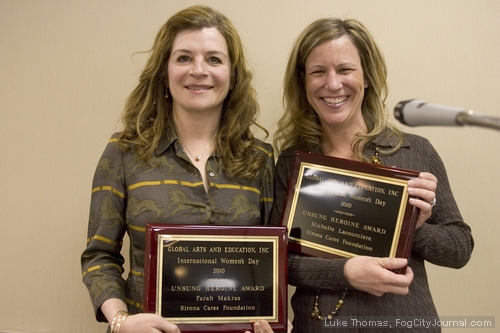I am re-posting Adarsha's Nov 18th blog entry from ACE's blog: Hot and Bothered about the Green Schools National conference and Youth Summit in Minnesota.
~Apoorva
Disclaimer: The following description cannot possibly do justice to the incredible experience that I experienced. If you have any specific questions on an activity, comment and I’ll respond to the best of my ability.
Adarsha Shivakumar
Continuing where I left off (or close enough)-I was the last person to arrive at the hotel where everyone was grouped. When I first saw Ethan and company, I was surprised to see high school students who were also seniors.
We knew the days ahead of us would be hectic and hard. We’re talking about meeting up with around a hundred students and teachers from the Minnesota/Wisconsin area, and seeking to not just inspire them, but to help them create concrete plans to act upon in the near future.
Our planning went well into the early hours of the morning, and jetlag didn’t really help me get more than 4 hours of sleep. At around 8AM Minnesota time, we went to the local church, which had graciously agreed to host the conference, and set up.
Around 9AM, the conference started. But we didn’t start off like how most conferences start off-with a speech or introduction that either bores or depresses (or some lethal combination of the two) the entire audience, speaker included. Instead, Ethan had planned out an ingenious way to energize everyone-an introduction based off of Awakening the Dreamer.
We started off by using just our feet and hands to create a rainstorm-and it was surprising how loud and realistic the effect was. One hundred people acting in unison can generate a lot of noise.
Continuing onwards, the National Youth Leaders, me included, sang Wavin’ Flag by K’naan, with Ethan on the guitar providing a beat. As we all started to wake up a bit more, Ethan introduced the next activities, which involved everyone in the room moving around and trying to empathize with random strangers.
Ethan then showed a video that really told us what issues, even just environmentally, we-my generation-face. And to be honest, after we watched it, the atmosphere was one of disappointment and resignation. But that was supposed to happen, in a sense. We had to understand the sheer magnitude of the problems that we’re facing-we can’t just tell ourselves that everything is fine, and that the problems are small and easy to overcome.
The truth is that we’re facing the biggest problems humanity has faced so far. But it’s not hopeless. It’s never hopeless. And what we’d do in this conference is show that not only do we have hope, but we also have the willpower to act on that hope. Two great people and great speakers-Phillippe Cousteau and Will Steger-came and spoke to us. They made sure to remind us that the youth held the power to change the world.
After they left, the entire group broke up and focused on different aspects of sustainability and the environment. The students and teachers split among the tables, and all of us went to several tables. After that, everyone rejoined and split up once more, this time into three groups. We were now focused on taking that hope that was starting to build in us and making it into reality.
The groups were led by adult mentors, and focused on three things-how to be an effective leader, how to conduct an effective campaign, and how to fundraise. Each was impressive, with the adult leaders using the projects that students were interested in starting up as examples and models.
But with the combined knowledge of all the lectures, we-the youth-felt more and more confident in creating and working on the projects that had been in our heads.
And so came the culmination of the conference: where each school that had visited, and any individuals, would write up an action plan. A plan that detailed what project they were going to do, a timeline, and the resources they think they’d need. Before this conference, I would’ve guessed that maybe 25% of the people could make an action plan, and fewer still would act on them.
By the end of the conference, every single group had an action plan, and I have no doubts that they will follow through with them. Because at the end of the conference, we all realized the purpose wasn’t really to tell us that we need to change the world, or even to just show us that the youth can change the world.
The purpose of the conference was to give us the foundation and the tools to change the world. It was made possible because people like Ethan and Phillipe Cousteau and Will Steger all believe that the youth will make a difference, and that they can help us accomplish our goals.
Based on any of those criterion, the conference was a tremendous success-and I’m ever thankful to ACE for sending me there.

























 From left to right: Adarsha Shivakumar, Gary Cohen,
From left to right: Adarsha Shivakumar, Gary Cohen,







